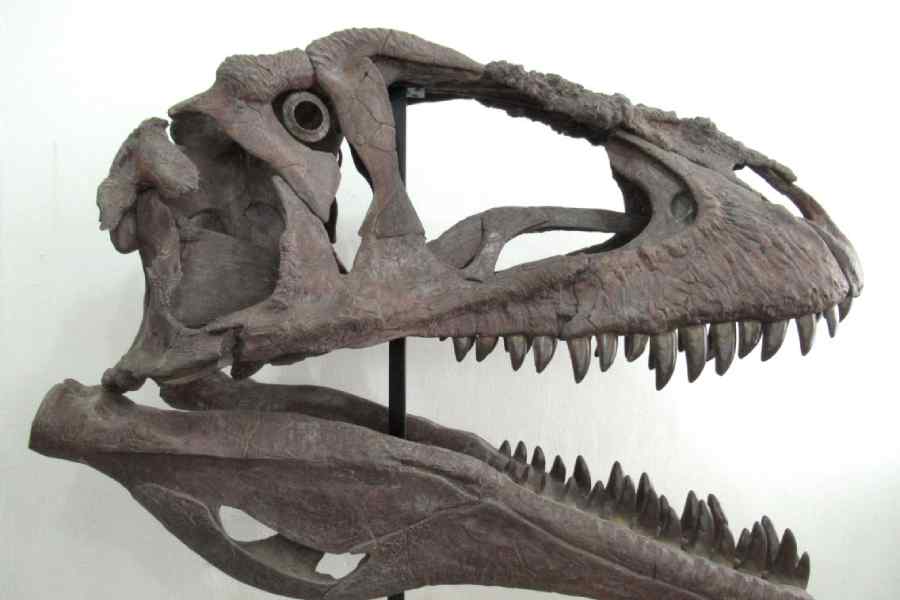A global dust cloud plunged Earth into 620 days of darkness and over 15 years of a dust-induced winter with sub-zero temperatures, triggering a chain reaction that wiped out the dinosaurs, researchers said in a study released on Monday.
Scientists have suspected for over 40 years that a 10km asteroid crashed into Earth 66 million years ago, creating conditions that led to a global climate cooling and the extinction of dinosaurs among other species. But the new study is the first to quantify the durations of the global blackout and winter.
“We’ve found that dust played a major role in the demise of the dinosaurs,” Cem Berk Senel, a scientist at the Royal Observatory of Belgium and the lead author of the study, told The Telegraph. Senel and his colleagues have shown that micrometre-sized grains of fine silicate dust ejected by the crater caused by the asteroid collision would hang in the atmosphere much longer than had been previously assumed.
Their study, published in the journal Nature Geoscience on Monday, has also suggested that the dust cloud would have blocked sunlight and shut down photosynthesis — the process through which plants break down carbon dioxide and water using sunlight — for nearly two years after the impact. The photosynthesis shutdown would have killed plants, setting off a cascade of extinctions up the food chain.
“The silicate dust along with soot and sulfur played a major role in blocking photosynthesis to cause a catastrophic collapse, triggering a chain reaction of extinctions,” Senel said.
Independent studies in the past have suggested that Earth lost 75 per cent of its species during that mass extinction which, however, gave rise to the era of mammals.
Earlier studies had identified the Chicxulub crater buried under Mexico’s Yucatan peninsula as the site of the asteroid impact.
Senel and collaborators in the Netherlands, the UK and the US used computer simulations to recreate the behaviour of massive amounts of dust thrown up into the atmosphere by the asteroid collision, based on an analysis of fine-grained material at a well-preserved impact deposit site in North Dakota in the US.
Their analysis has shown that the dust would have caused the global average surface temperature to drop by as much as 25°C, followed by a prolonged global cooling. The average global temperature would have dropped to -3°C to -7°C, depending on the type of dust in the atmosphere.
Sulfur dust would have an atmospheric lifetime of about eight years, while both soot and silicate dust would have remained in the atmosphere for up to 15 years after the impact. Complete recovery from the dust-induced winter would have taken even longer, with the pre-collision temperature conditions returning about 20 years after the impact.
The first five to eight years would have been the most severe, the researchers said. Their simulations suggest that the global darkness and the prolonged loss in the planet’s photosynthetic activity occurs only in the silicate dust scenario — the darkness lasting 620 days after the impact, a period of cold, dark, and food-deprived conditions leading to the extinctions.











